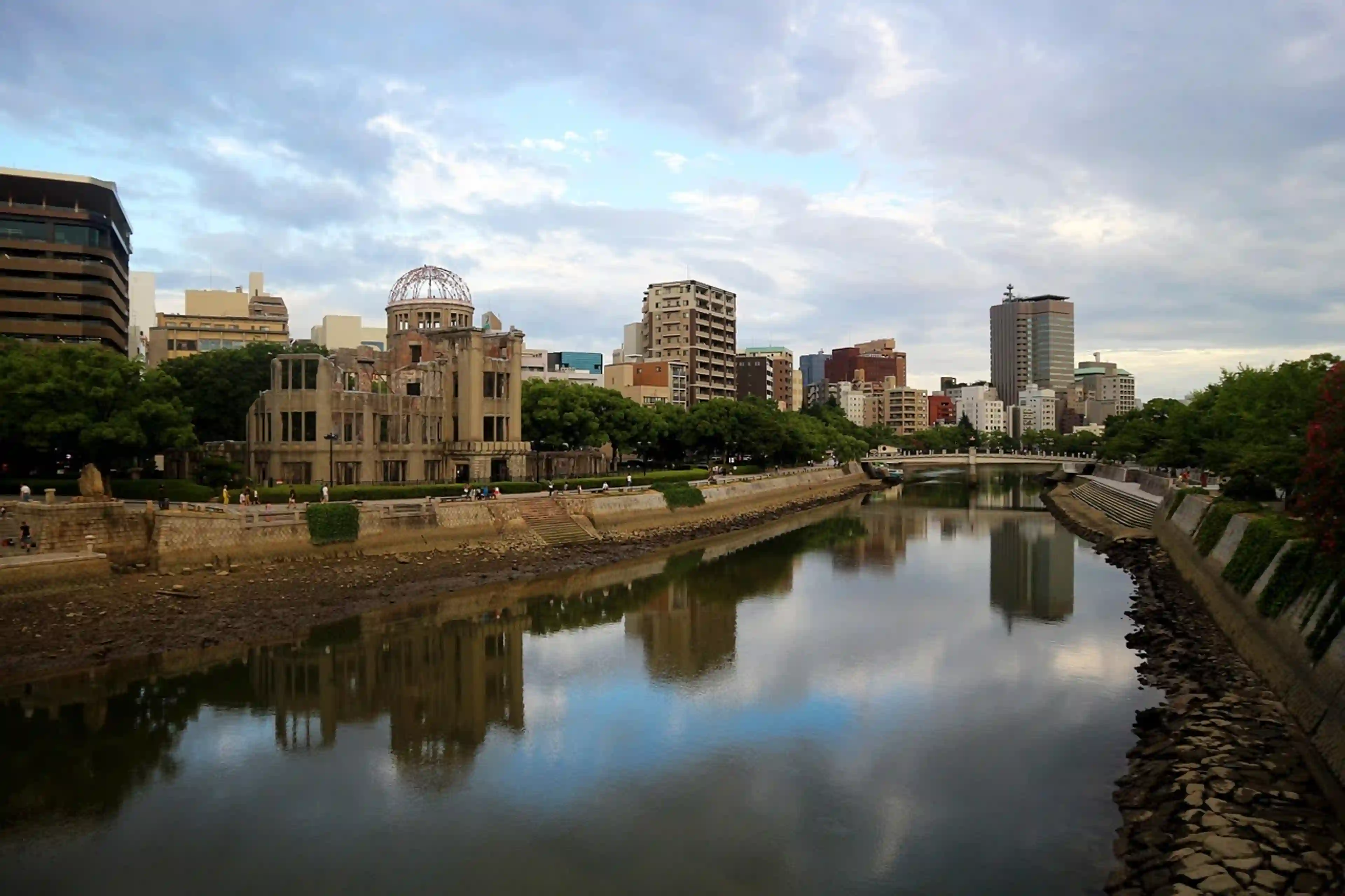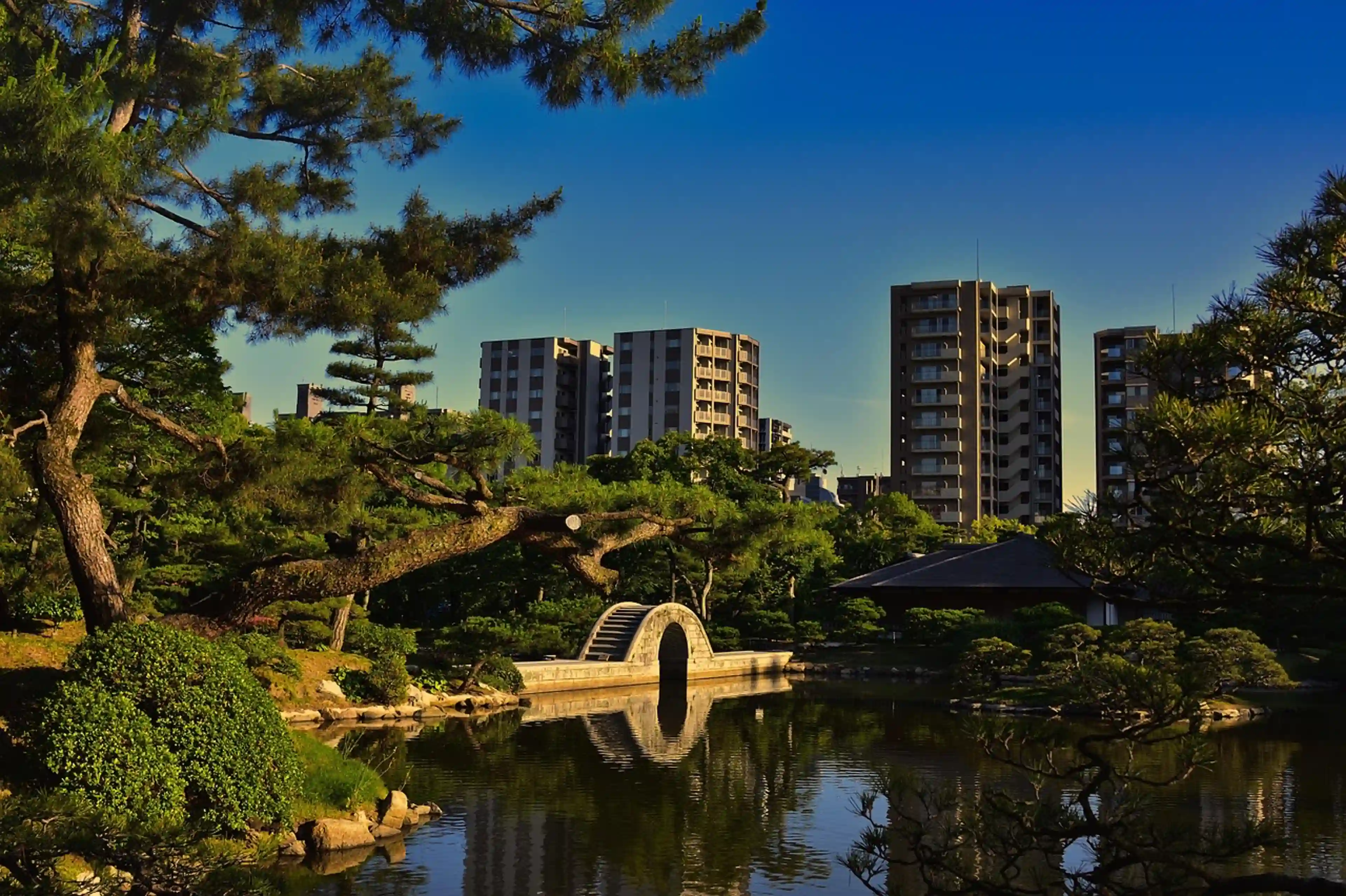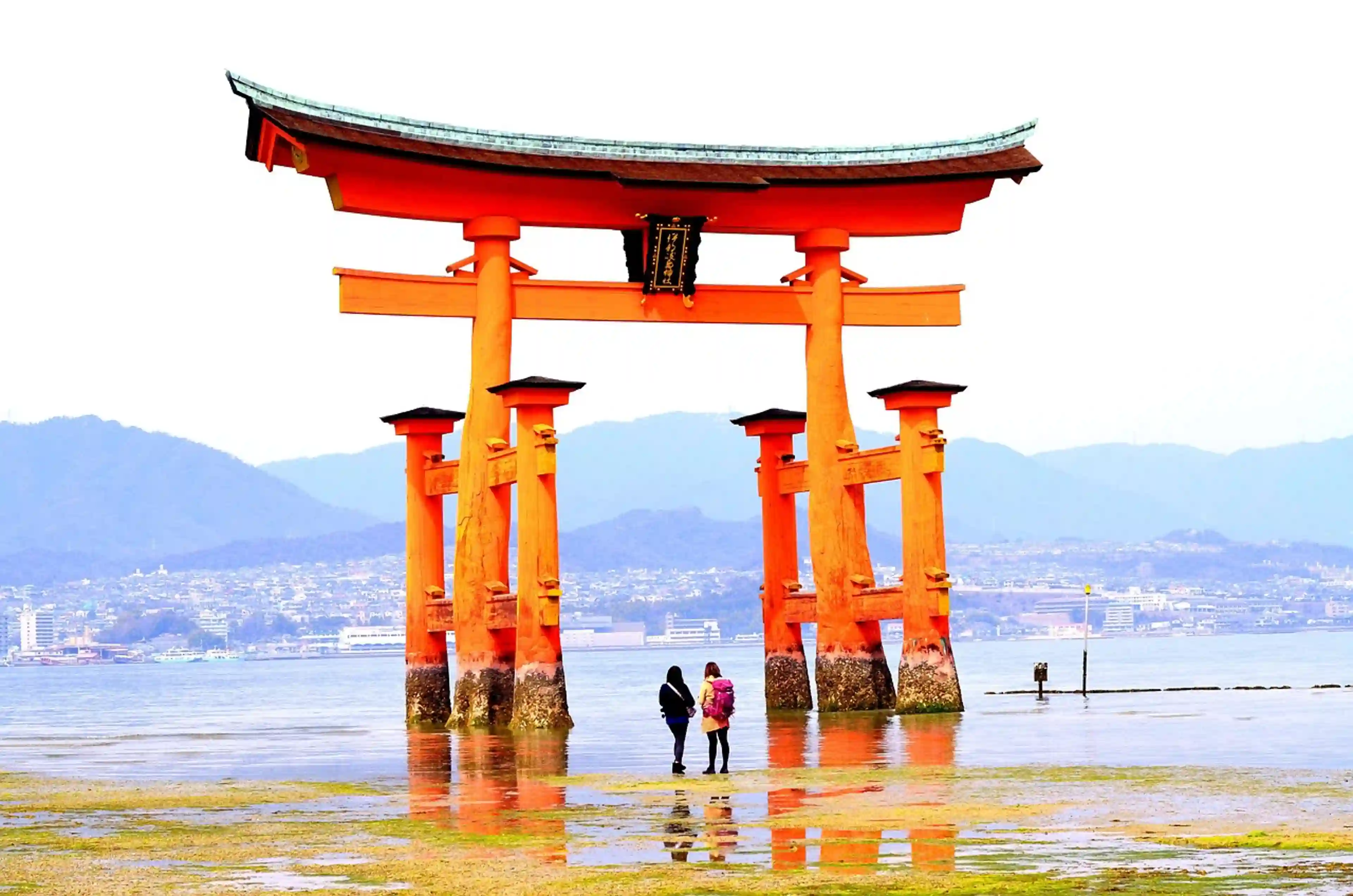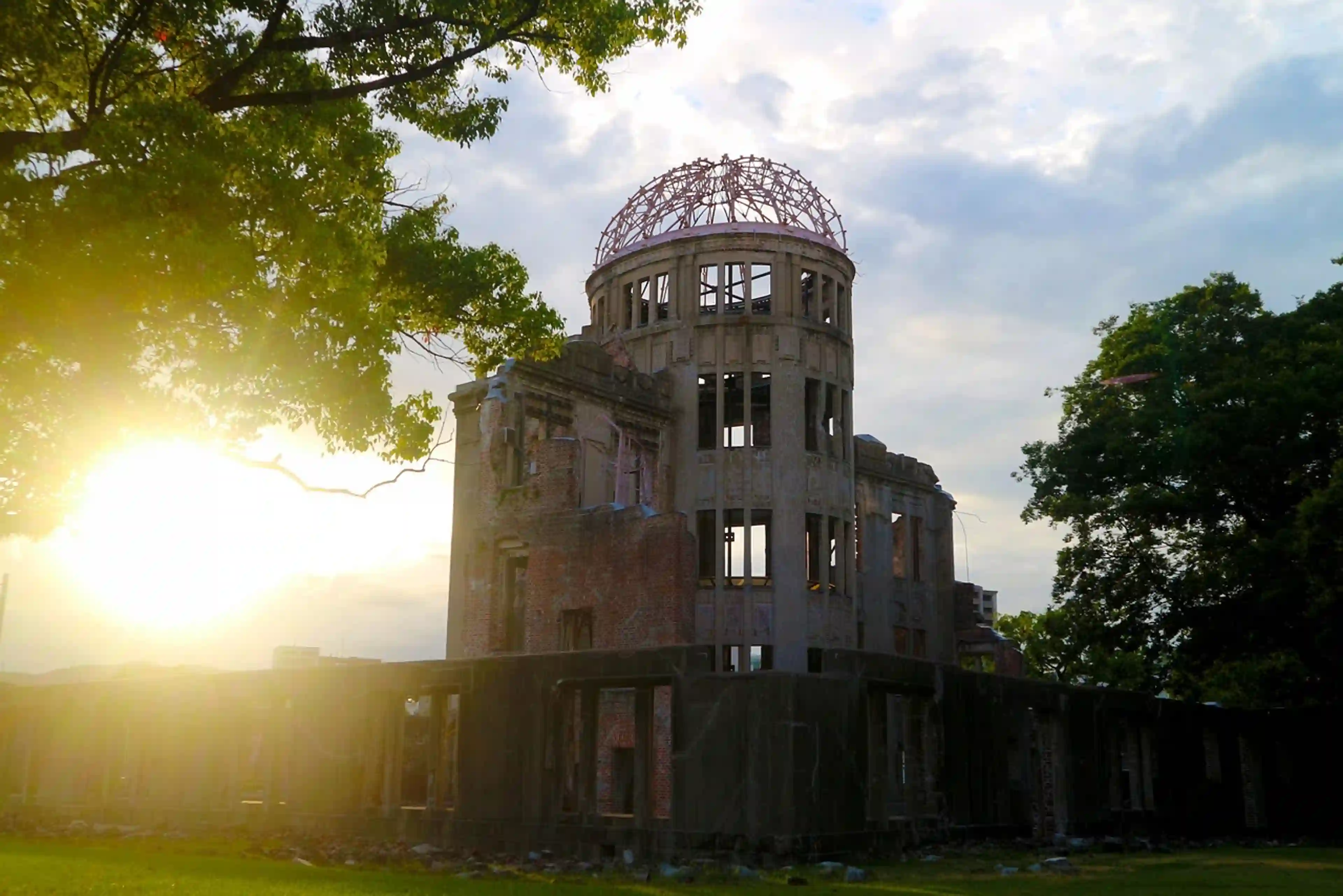Hiroshima
General presentation
Top 50
History, culture & traditions
Travel advice
Wikipedia
Viator activities
Tiqets activities
Global presentation
Capital of the eponymous prefecture in the Chūgoku region, this Japanese city founded in 1589 carries a heavy historical legacy while today embodying a remarkable symbol of rebirth and hope. Sadly famous for having been the first target of an atomic bomb on August 6, 1945, it has remarkably rebuilt itself to become a global symbol of peace. The Genbaku Dome and the Peace Memorial Park bear witness to this preserved memory and the pacifist commitment that profoundly characterizes the identity of the city.
Geographical situation
Situated on the north coast of the Seto Inland Sea, to the west of Honshū Island, the city thrives on a delta formed by the Ōta River, which divides into several branches crossing the urban area. This privileged position offers a remarkable geographical setting, framed to the north by the Chūgoku Mountains and open to the south on the peaceful waters of the inland sea, creating a harmonious balance between land and sea.
Atmosphere and character
Far from being reduced to its tragic past, the city today radiates a cosmopolitan dynamism that subtly combines modernity and Japanese traditions. Its deep commitment to peace and memory is coupled with a particularly rich cultural scene, a renowned local cuisine, and a vibrant nightlife. This duality between memorial reflection and contemporary vitality shapes the unique character of this Japanese metropolis.
Climate
The humid subtropical climate offers contrasting but generally pleasant seasons. Winters are mild with average temperatures ranging from 5 to 6°C and rare precipitation. In contrast, summers are characterized by high temperatures often reaching 33 to 35°C, accompanied by high humidity. The rainy season lasts from June to mid-July, while typhoons can occur between September and October.
Best season to visit
Two periods stand out as particularly favorable for discovery:
- Spring (April-May): cherry blossom trees offer a magnificent spectacle, creating an incomparable poetic atmosphere
- Autumn (October-November): pleasant temperatures and reduced precipitation allow for full enjoyment of the landscapes and outdoor activities
Access
Access benefits from excellent national and international connections:
- Air: the airport, located about 50 km east of downtown, offers domestic and international flights, with limousine buses connecting to the JR station in approximately 45 minutes
- Rail: the Shinkansen (high-speed train) allows you to reach Tokyo in about four hours, providing a fast and comfortable connection with the capital
Internal transportation
The urban transport network is particularly developed and efficient:
- Trams: seven main lines operated by the Hiroden company traverse the city
- Subway: the Astram line on rubber tires connects downtown to the northern suburbs
- Buses: many lines serve the city and its outskirts
- Bicycle: wide sidewalks and paths along the Ōta River facilitate bicycle travel
Top 50
Wikipedia
Viator activities
Tiqets activities



